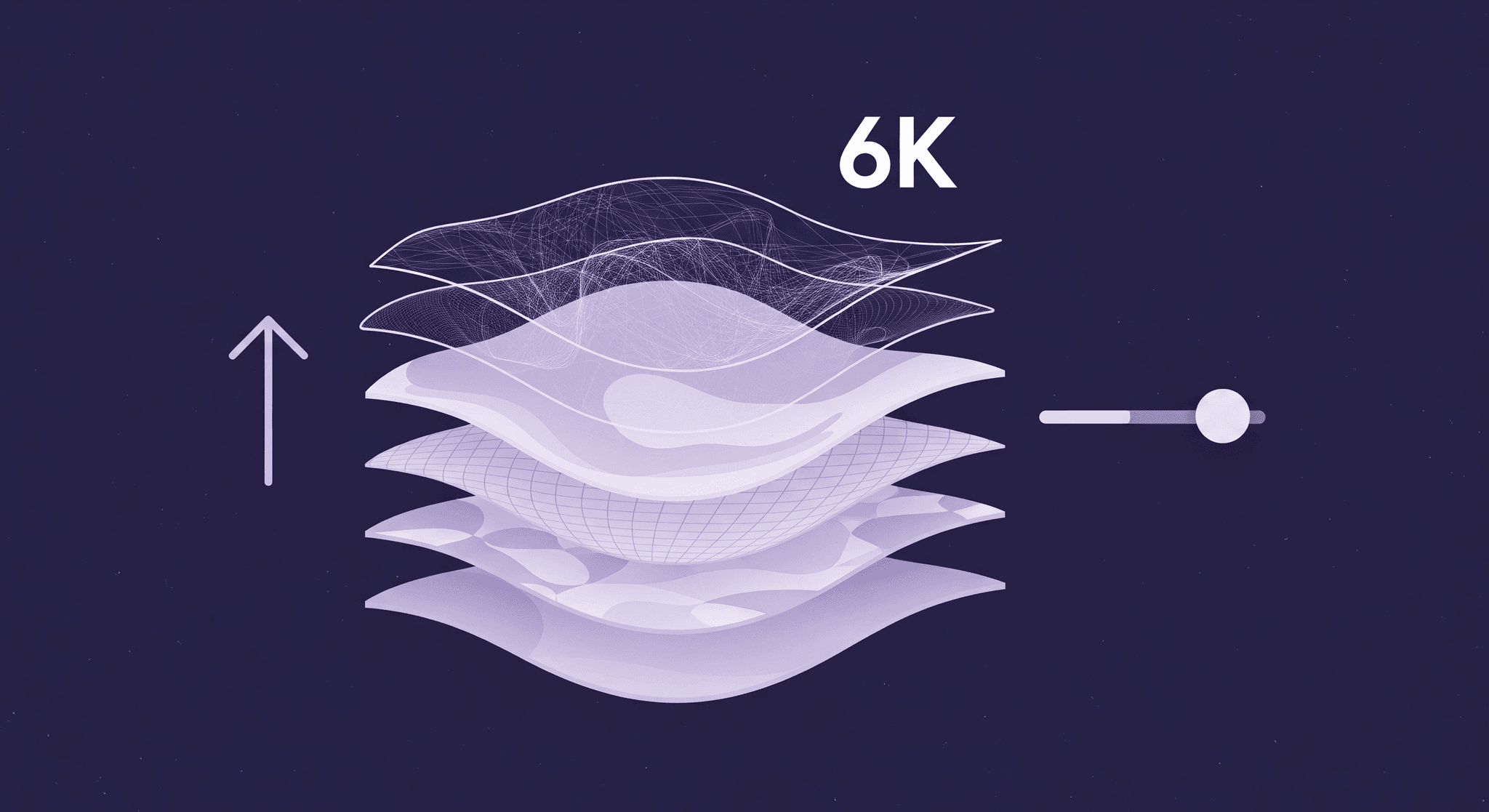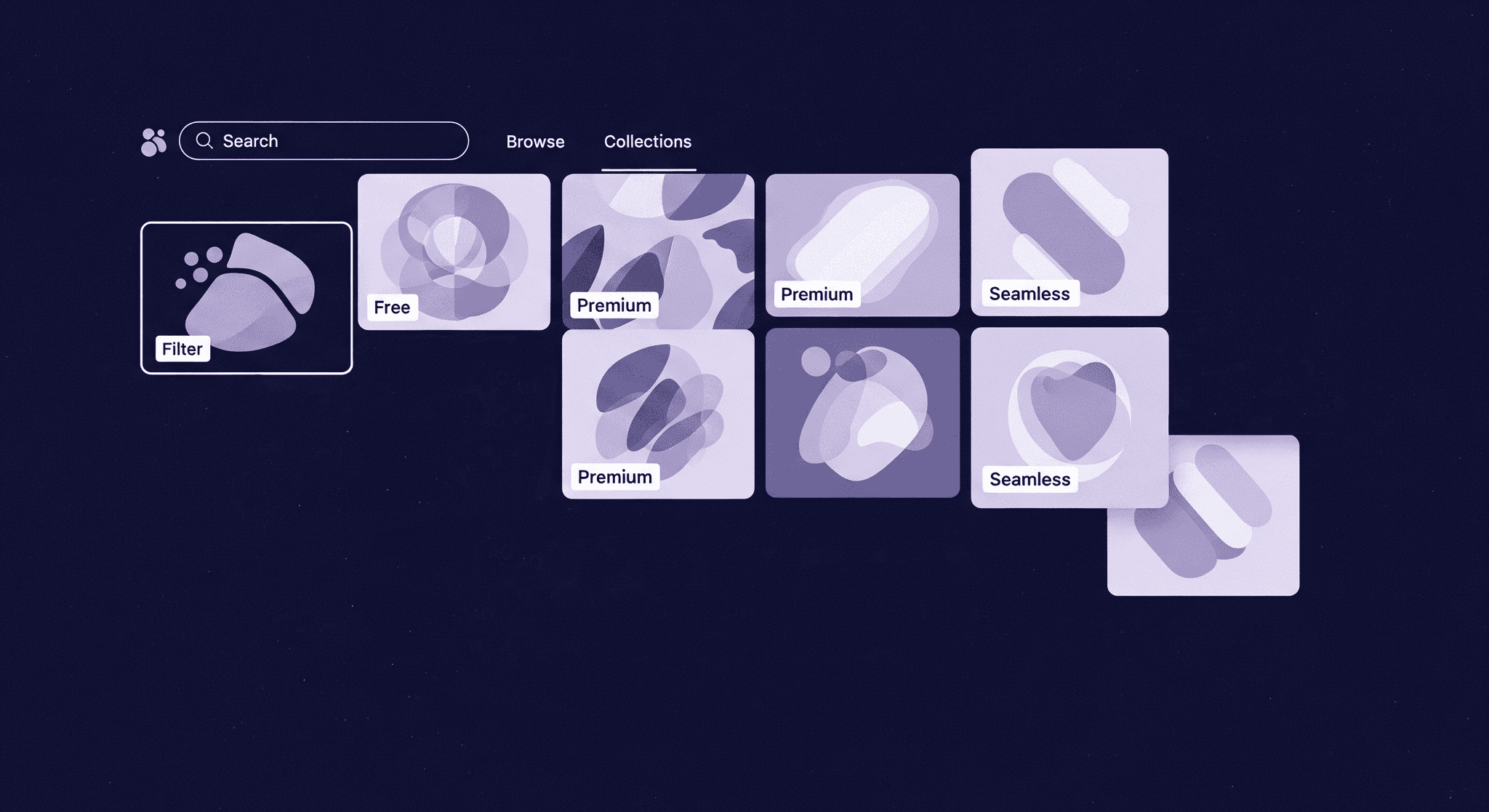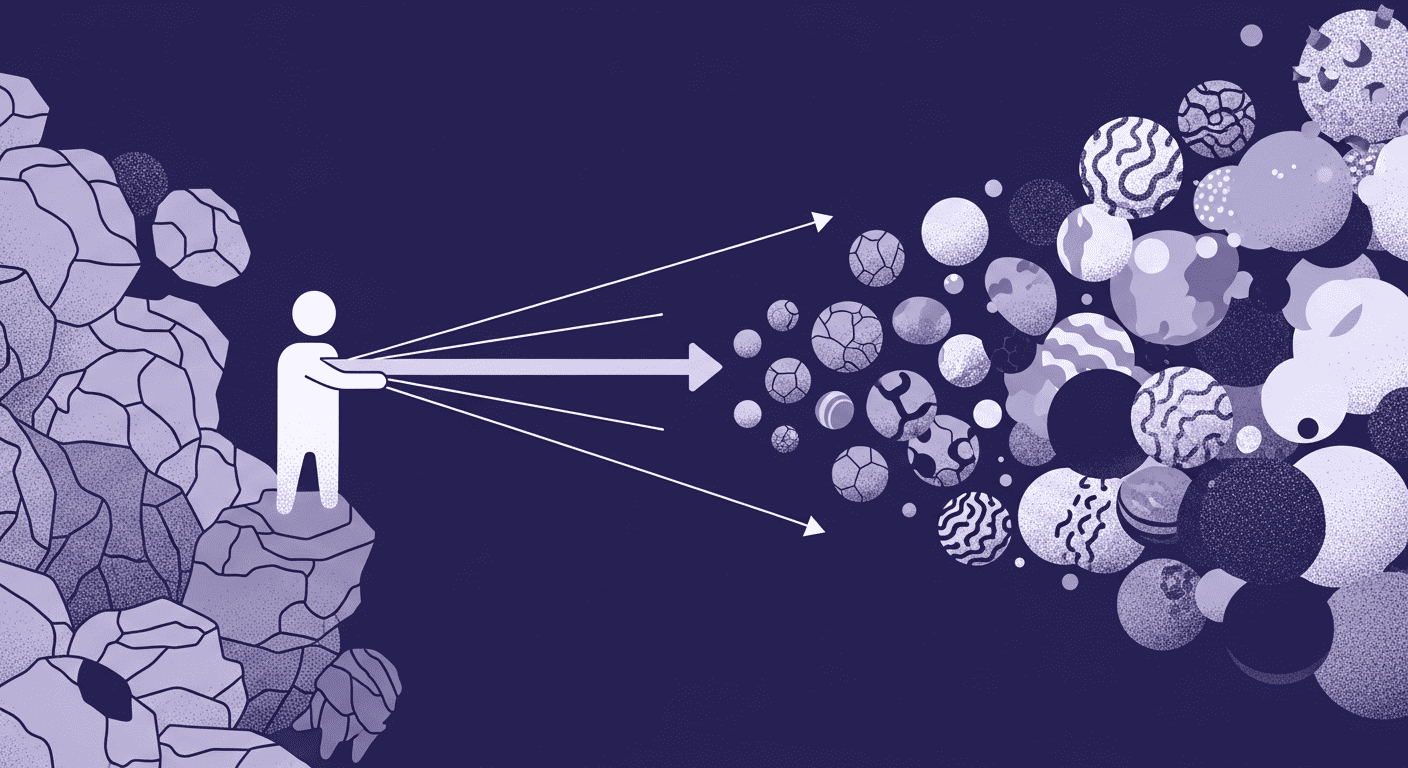Top 5 texture design trends in 2024: What designers should know
By Mira Kapoor | 28 April 2025 | 9 mins
Table of contents
Table of Contents
As digital environments become more intricate, the demand for realistic texture design has skyrocketed across fields like gaming, architecture, and virtual reality. The latest advancements in AI-powered texture generation, 3D technology, and physically based rendering (PBR) are setting the stage for new trends that prioritize realism, efficiency, and creative flexibility. For designers, staying updated on these trends is crucial for producing compelling, immersive visuals.
In this article, we explore five emerging texture design trends in 2024, providing insight into how these developments are reshaping the process of texture creation and opening new possibilities in visual content creation.

1. AI-Driven Texture Generation
AI-driven texture generation has transformed the way designers approach texture creation. Tools like Texturly and other AI-powered platforms simplify workflows by allowing designers to produce complex, high-quality textures in minutes. These tools enable users to generate tileable textures and PBR textures like normal maps, roughness maps, and ambient occlusion textures with minimal input, eliminating the need for manual adjustments.
AI models trained on massive datasets can now replicate realistic material properties and seamlessly integrate them into diverse projects, from game development to architectural visualization. In 2024, the continued advancement of AI texture generation will allow designers to create customized, realistic texture mapping tailored to specific needs, making this technology indispensable.
Benefits
- Efficiency: Faster texture creation enables designers to focus on creative refinements.
- Customization: AI-powered tools support precise adjustments to features like roughness, reflectivity, and color, making them versatile for various applications.
- Consistency: AI-generated textures are inherently tileable, ensuring a seamless look across large surfaces.
2. Physically Based Rendering (PBR) as a Standard
PBR has established itself as a critical approach in 3D rendering textures, bringing lifelike realism to digital surfaces by simulating how light interacts with materials. In 2024, PBR remains a key trend, especially in sectors like gaming, animation, and architecture, where achieving visual fidelity is paramount. By using PBR, designers can create textures that respond naturally to lighting conditions, enhancing depth and authenticity.
The most common types of PBR maps include albedo maps, which capture the base color of a material, normal maps for adding surface detail, and roughness and metallic maps that dictate light reflection and material quality. Software like Texturly supports these PBR elements, allowing designers to efficiently transform base images into fully textured 3D assets ready for real-time applications.
Benefits
- Realism: PBR simulates real-world material responses to light, creating a high degree of realism.
- Interactivity: Useful for VR, AR, and gaming, where lighting changes dynamically.
- Flexibility: Works well across various industries, including fashion, where digital fabric rendering is becoming popular.
3. Seamless, Tileable Textures for Expansive Environments
The need for tileable textures is growing as industries like gaming and architecture adopt expansive, open-world designs. In these environments, seamless textures allow designers to cover large surfaces without visible seams, creating a cohesive look. Traditional methods of making textures tileable required tedious manual adjustments, but AI-driven tools now handle this process automatically.
For game developers, tileable 3D textures are essential for creating immersive landscapes, while architects benefit from seamless textures in large renderings. The automation of tileable texture generation enables faster workflow, allowing designers to maintain quality and consistency across projects without the limitations of size or scale.
Benefits
- Efficiency: Automated tileability speeds up workflows by eliminating manual adjustments.
- Consistency: Perfectly aligned textures create a unified look, essential for open environments.
- Scalability: Tileable textures are ideal for large-scale projects, such as virtual landscapes in gaming.
4. Texture Creation Software for Customization and Experimentation
The emergence of texture creation software that integrates AI and 3D capabilities offers designers unprecedented control and flexibility. Unlike static texture libraries, modern software allows users to create custom textures that fit their specific design needs. Platforms like Texturly allow users to start with a single image and transform it into a comprehensive set of PBR textures, adjusting properties like roughness and metallic sheen to achieve the desired look.
Customizable texture creation is particularly advantageous for designers in fashion and interior design, where unique textures and colors are critical to brand identity. By offering on-demand texture generation and modification, AI-driven software gives artists the freedom to experiment without constraints, resulting in more innovative and visually compelling designs.
Benefits
- Customization: Control over various texture properties enables highly specific designs.
- Creativity: Experimentation with textures encourages unique outcomes tailored to the project.
- Independence: Reduces dependency on pre-made assets, allowing more freedom in visual design.
5. Enhanced Realism Through Multi-Layered Textures
In 2024, achieving photorealistic visuals is a priority, and multi-layered textures are a key approach. By combining multiple texture maps—including normal maps, roughness maps, specular maps, and displacement maps—designers can create surfaces that mimic real-world materials down to the smallest detail. These multi-layered textures bring depth and complexity, making them ideal for projects that demand lifelike rendering.
For example, a metal surface in a game or architectural render might include a metallic map to simulate shine, a roughness map to control reflection, and a normal map for fine surface details. This trend is particularly relevant for industries like fashion and product design, where materials such as fabrics or metals require an accurate portrayal of texture to achieve realism.
Benefits
- Realism: Multi-layered textures closely mimic how real surfaces interact with light and shadow.
- Depth: Adding various texture maps enhances surface depth and complexity.
- Versatility: Useful across industries, from high-end game graphics to realistic digital twins in product design.
Conclusion
The texture design landscape in 2024 is being reshaped by AI-driven texture generation, physically based rendering, and the rise of seamless tileable textures. These trends are not only making texture design faster and more accessible but are also pushing the boundaries of what is possible in visual content creation. For designers in gaming, architecture, fashion, and beyond, adopting these trends will enable them to create immersive, realistic, and visually stunning environments.
By staying updated on these developments and leveraging advanced texture creation software like Texturly, designers can ensure they remain competitive and creative in an increasingly digital world. As AI and 3D technology continue to evolve, the possibilities for texture design are boundless, promising a future where digital environments are more lifelike and interactive than ever before.

Mira Kapoor
Mira leads marketing at Texturly, combining creative intuition with data-savvy strategy. With a background in design and a decade of experience shaping stories for creative tech brands, Mira brings the perfect blend of strategy and soul to every campaign. She believes great marketing isn’t about selling—it’s about sparking curiosity and building community.
Latest Blogs

Unlock Ultra-Realism: The Advantages of 6K Textures in Design and...
PBR textures
3D textures

Mira Kapoor
Aug 6, 2025

Top Websites for High-Quality PBR Textures: Free & Paid Resources
PBR textures
3D textures

Max Calder
Aug 5, 2025

Unveiling Future Trends in AI Texture Generation
PBR textures
AI in 3D design

Mira Kapoor
Aug 4, 2025
